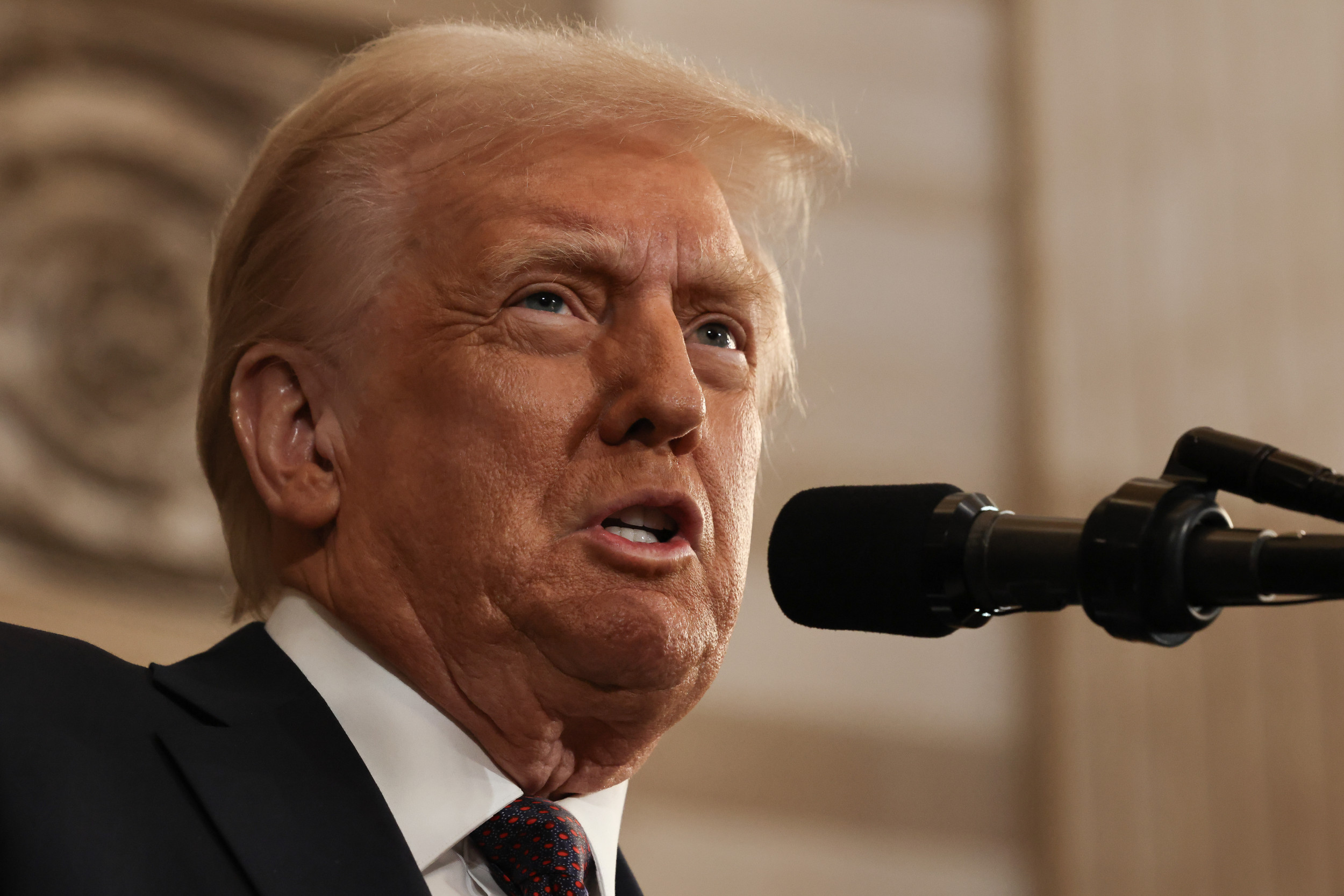President-elect Donald Trump has promised sweeping changes to several government departments, and the Department of Education (DOE) could be the site of some of the most radical changes to come.
Established as a Cabinet-level federal agency in 1979 by President Jimmy Carter, its existence has faced some opposition, but it has never come close to being closed down—something Trump has pledged to do.
While education is primarily a state and local responsibility in the United States, the DOE still plays a role. It allocates federal funds to educational institutions for targeted programs primarily designed for no- and low-income students and those with disabilities. It also oversees civil rights regulations pertaining to education and administers the student loan system.
Robyn Linscott, director of education and family policy at The Arc of the United States, said the department "plays an indispensable role in ensuring all students have access to a quality education. Its contributions go beyond funding—it safeguards civil rights, enforces laws like the Individuals with Disabilities Education Act (IDEA), and collects critical data to guide education policy."
Newsweek reached out to Trump's transition team for comment via email.

What Are Trump's Education Department Plans?
The bastion of Trump's plans for the Education Department is, simply put, to get rid of it. Trump told his supporters at a campaign rally in Wisconsin in September: "I say it all the time, I'm dying to get back to do this. We will ultimately eliminate the federal Department of Education."
In a December 2024 interview with Time, he again called for a "virtual closure of Department of Education in Washington."
"We want to move education back to the states," Trump said.
Funding Changes
In shutting down the DOE, some authority over education would be sent to the states, while other operations and funding would be reallocated to different government departments.
Experts have told Newsweek that its responsibilities for K-12 education would most likely become the duty of other existing federal agencies, like the Justice and Health Departments.
"If the DE were eliminated but the programs it administers were continued, the activities of the DE would need to be reallocated to other departments," Dennis Epple, professor of economics at Carnegie Mellon University's Tepper School of Business, and Richard Romano, professor of economics at the University of Florida, said.
One proposal, outlined in Project 2025—an unofficial conservative blueprint published by the Heritage Foundation that Trump has sought to distance himself from—is to transfer Title I, which supplements state and local funding and is allocated based on the number of students from low-income families, to the Department of Health and Human Services, with the eventual view to grant responsibility for Title I funding to the states over 10 years.
However, Epple and Romano have said that granting that funding responsibility to the states is unlikely to result in equal funding across each state. Without federal oversight, states and local authorities would not have to fulfill the same funding requirements.
"The extent of state offset is likely to vary among states according to their political leaning and wealth," Epple and Romano explained. "Full offset of federal funds would likely not occur in many states, especially poorer and more politically conservative ones. It bears emphasis that the most disadvantaged students would be the most likely losers, with long-term social effects that hurt everyone, e.g., from more dropouts.
"By contrast, wealthier and more left-leaning states might fully compensate for losses in federal funds."
Trump has also pledged "massive funding preferences" and "favorable treatment" for states and school districts that implement merit pay for teachers, cut administrative staff, eliminate Diversity, Equity, and Inclusion provisions, as well as bring parental control deeper into the system, such as direct election of school principals by parents.
Also on the cards is "universal school choice"—enabling parents to utilize public funds to enroll their children in K-12 schools outside their designated neighborhood school, including public, private, or religious institutions.
Civil Rights
Trump has also pledged to undo President Joe Biden's Title IX revision, which came into effect in August 2024. The changes prohibit discrimination based on sexual orientation and gender identity: schools are not allowed to force transgender students to use bathrooms and locker rooms that do not align with their gender identity and must respect a student's choice of pronouns.
Other civil responsibilities that could be shifted could include the DOE's Office for Civil Rights, which investigates discrimination complaints in K-12 schools and colleges, over to the Department of Justice, according to Project 2025.
Can Trump Get Rid Of The Education Department?
Yes, he can. But it won't be without significant hurdles and ultimately approval from Congress, requiring a 60-vote supermajority from the Senate. Whether there is enough support for the idea remains to be seen.
In 2023, the House considered an amendment to a bill that sought to eliminate the department, but it was thwarted by more than 60 Republican members joining Democrats in opposition to the idea.
Two new Republican members of the Senate, Bernie Moreno, who defeated Sherrod Brown in Ohio, and Tim Sheehy, who saw off Jon Tester in Montana, have signaled their support for shutting down the department.




















 English (US) ·
English (US) ·